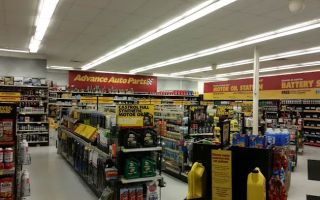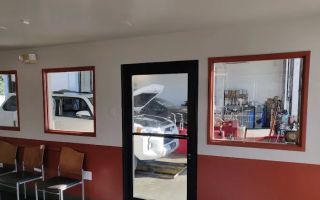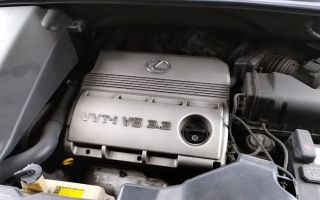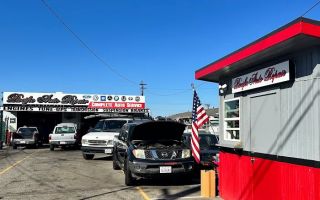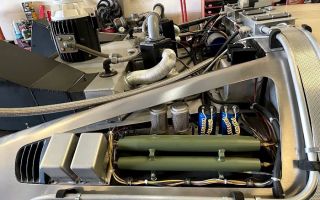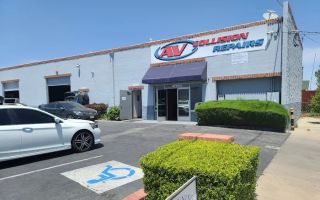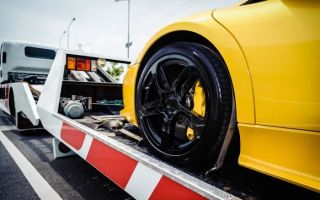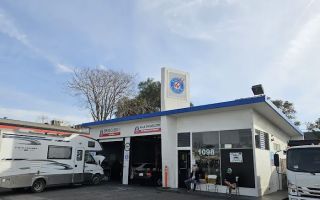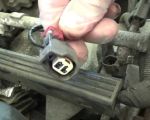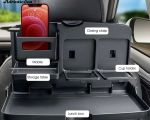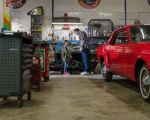- 1 - Why Construction Detours Require Safer Driving #why-detours-matter
- 2 - Preparing for Detours Before You Hit the Road #prepare-for-detours
- 3 - Safe Driving Tips in Construction Detours #safe-driving-detours
- 4 - Real-Life Incidents and What We Can Learn #real-life-examples
- 5 - When to Seek Professional Help on the Road #roadside-assistance
1. Why Construction Detours Require Safer Driving
Construction zones are everywhere—new highways, bridge repairs, and utility work constantly shift traffic patterns. These detours are necessary, but they introduce unique road hazards including narrow lanes, uneven pavement, temporary signage, and unpredictable driver behavior. That’s why understanding tips for safe driving around construction detours is essential not just for safety, but for peace of mind.
Even the most experienced drivers can become stressed when their usual route suddenly changes. Sudden stops, confusing lane merges, and distracted drivers increase the risk of accidents. Staying composed and informed makes all the difference when facing detour zones on busy U.S. roads.
2. Preparing for Detours Before You Hit the Road
Plan your route in advance
Whenever possible, check for road construction updates before driving. Navigation apps often alert you to major delays or closed exits. Knowing alternative routes can prevent last-minute panic.

AJ's Auto Glass & Detailing
4404 S 84th St, Omaha, NE 68127, USA
Maintain vehicle readiness
Low tire pressure or weak brakes become bigger problems in work zones where stopping distances vary and lane width may shrink. A quick check of essential components helps keep your vehicle reliable under stressful conditions.

AJ's Auto Glass & Detailing
4404 S 84th St, Omaha, NE 68127, USA
Give yourself extra time
Running late causes rushed decisions. By allowing more time for the trip, you can slow down and safely navigate without pressure.
3. Safe Driving Tips in Construction Detours
Stay alert and remove distractions
Construction detours demand heightened focus. Put your phone away, turn down the music, and scan the road continuously for cones, workers, or sudden obstacles.
Follow posted detour signs
Road crews place signs based on active changes—GPS isn't always updated. Signs indicating reduced speed limits or lane shifts should be followed immediately to avoid collision risk.
Keep a safe distance
Rear-end collisions are the most common accidents in detour zones. Increase following distance to give yourself more time to react.
Do not assume other drivers see the same warnings
Some drivers ignore speed limits or fail to see lane closures until the last second. Anticipate sudden lane changes and keep space available to avoid unsafe surprises.
4. Real-Life Incidents and What We Can Learn
Many drivers have experienced stressful moments in temporary traffic routes. A North Carolina commuter named James shared how a sudden detour on his way home pushed traffic directly into gravel lanes. He slowed down while others sped through—and moments later, a speeding SUV lost traction and nearly rolled. His caution helped avoid a major accident.
Stories like this show why defensive driving matters most when normal road patterns disappear. A calm mindset and steady pace can prevent devastating outcomes.
5. When to Seek Professional Help on the Road
Despite careful preparation, breakdowns sometimes happen—especially in rough, unpredictable detour areas. If your car struggles with tire damage, overheating, or low fuel due to extended delays, reliable roadside assistance becomes essential.
You can explore trustworthy help and emergency vehicle support from Rescue & Towing when you need a fast, safe solution on the road.
Staying smart, patient, and well-prepared ensures you reach your destination confidently—even when construction detours challenge your drive.

